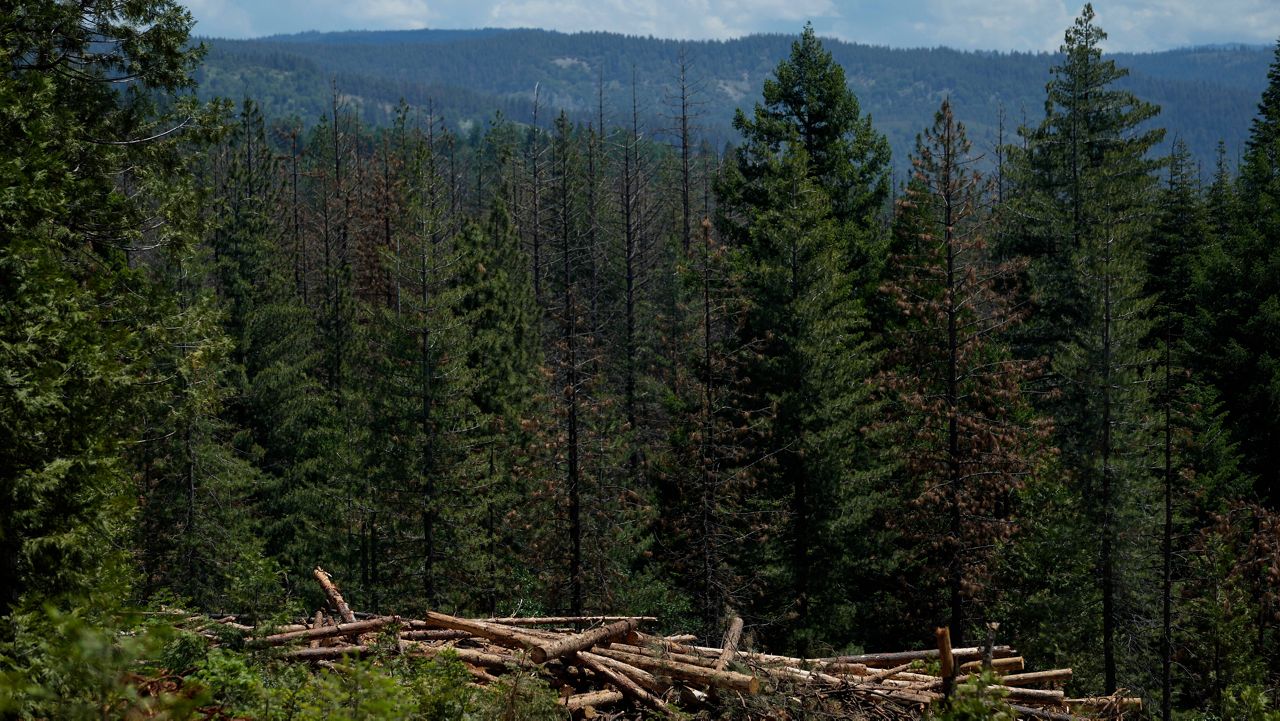NATIONWIDE — Federal officials are seeking to narrow the scope of the Endangered Species Act to exclude protection of the habitats of imperiled plants and animals — a move that environmental activists say they would challenge in court if enacted.
Currently, the Endangered Species Act prohibits actions to “harass, harm, pursue, hunt, shoot, wound, kill, trap, capture, or collect or to attempt to engage in any such conduct.” A 1995 Supreme Court ruling upheld the definition of “harm” to include “habitat modification.”
Officials from the U.S. Fish and Wildlife Service and the National Marine Fisheries Service are arguing for a change to the interpretation of the word “harm” so habitat destruction would not be included.
“The existing regulatory definition of ‘harm,’ which includes habitat modification, runs contrary to the best meaning of the statutory term ‘take,'” officials wrote.
The proposal was published in the Federal Register on Thursday, beginning a 30-day public comment period.
Environmental organizations said they would seek to block the rule from going into effect.
Drew Caputo, Earthjustice vice president, said in a statement: “This misguided new proposal threatens a half-century of progress in protecting and restoring endangered species. We are prepared to go to court to ensure that America doesn’t abandon its endangered wildlife.”
Advocates warned that the change would open the door for industries to log, mine, develop and otherwise damage habitats, which would drive endangered and threatened species to extinction.
The Center for Biological Diversity said that habitat destruction is the biggest threat to these creatures.
“There’s just no way to protect animals and plants from extinction without protecting the places they live,” Noah Greenwald, co-director of endangered species at the center, said in a statement.
The National Wildlife Federation said the proposed rule would render the decades-old Endangered Species Act “ineffective.”
“This proposal ignores the essential fact — known to hunters, anglers, biologists, and even casual observers — that wildlife cannot exist without habitat and vice versa,” said Mike Leahy, the National Wildlife Federation’s senior director of wildlife, hunting and fishing policy. “The loss of habitat is the number one reason species decline.”
